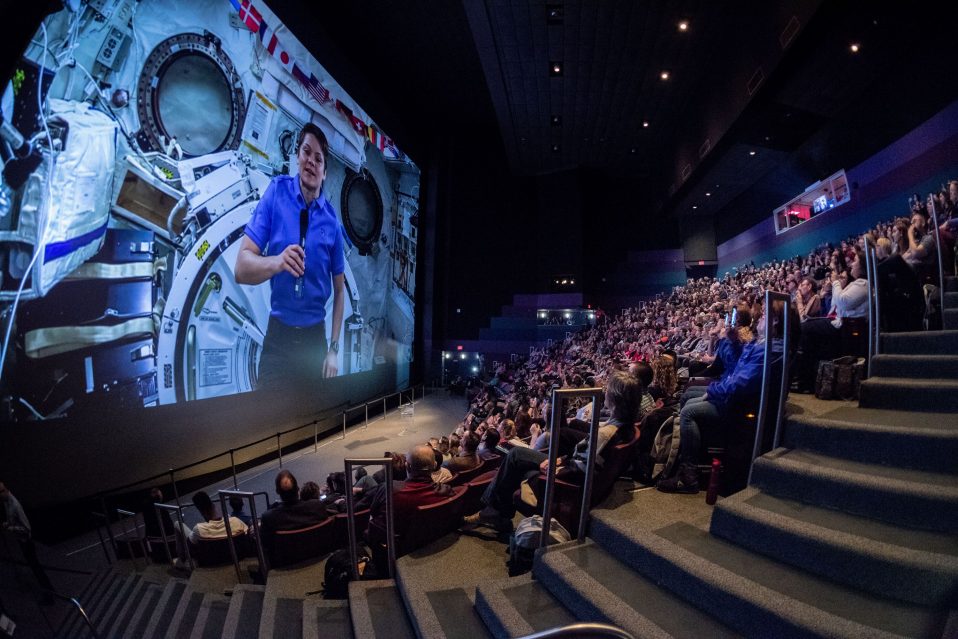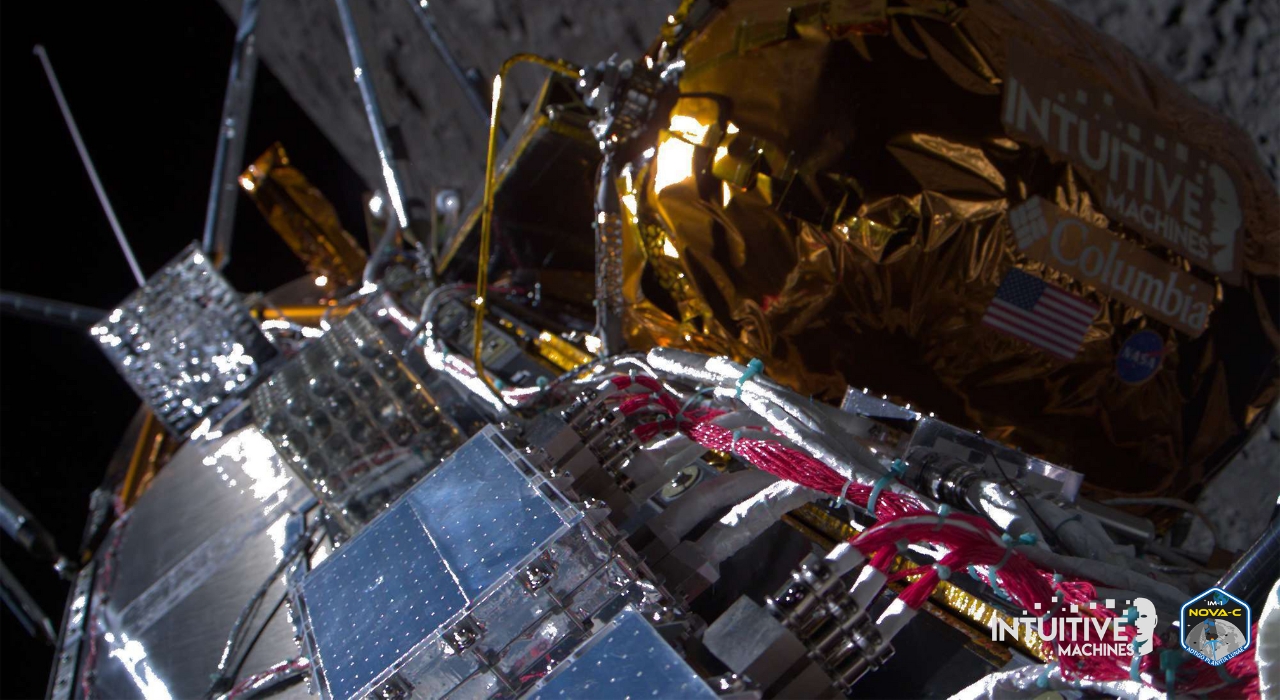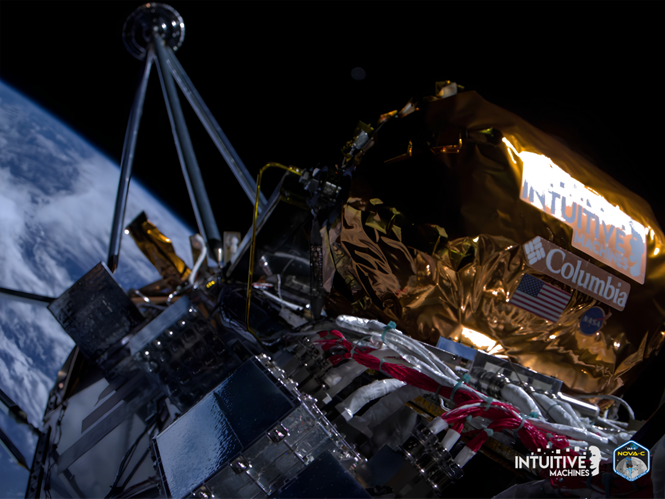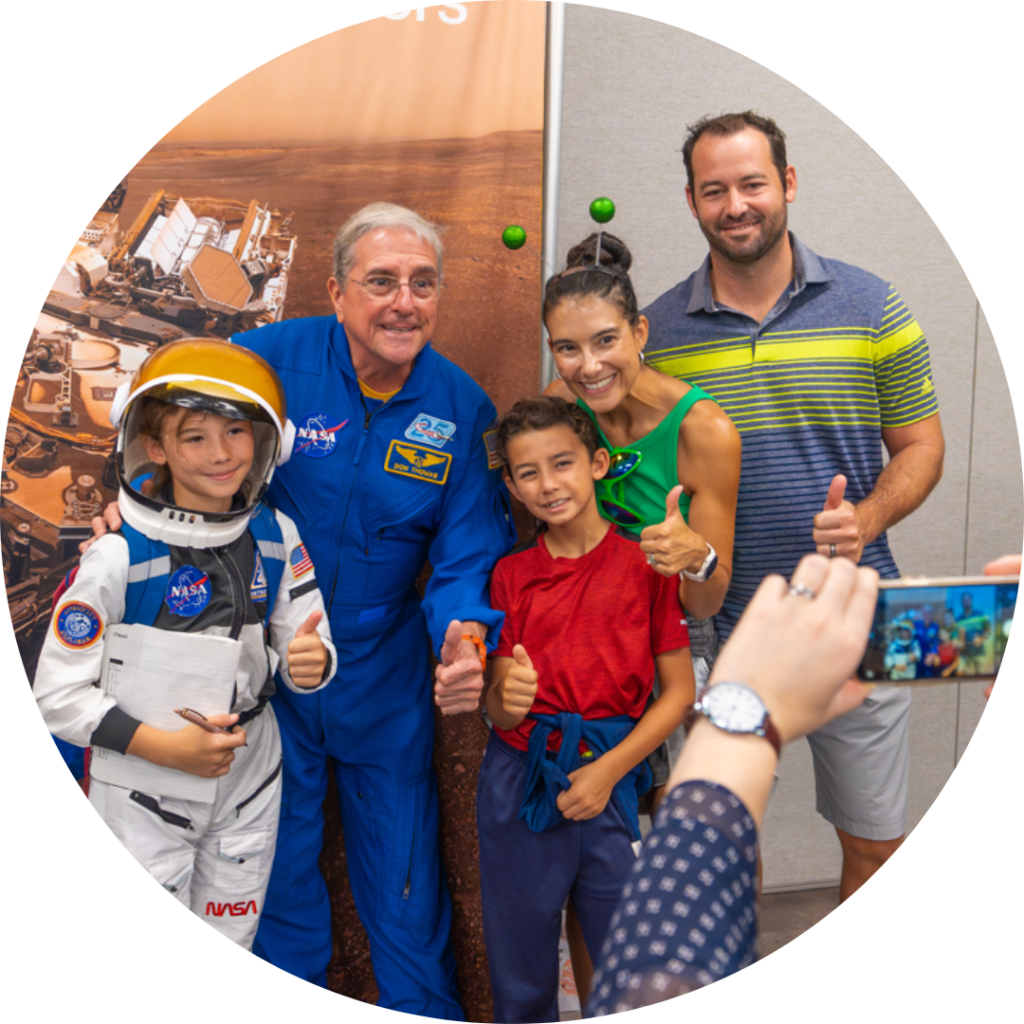[sp name=’Gotland’]
From space, we have a unique perspective of our planet Earth! We’re sharing amazing images of Earth from space to show this eye-catching view and to demonstrate how research from space advances our understanding of our planet. Solve Space by unscrambling this Van Gogh-like image of Gotland, a Swedish island in the Baltic Sea, to learn how space science benefits us here on the ground.
Learn More About It
- This image is courtesy of NASA’s Goddard Space Flight Center. It was taken by USGS/NASA/Landsat 7 satellite.
- NASA’s Goddard Space Flight Center is home to the nation’s largest organization of scientists, engineers and technologists who build spacecraft, instruments and new technology to study Earth, the sun, our solar system and the universe.
- Just outside Washington, Goddard manages Hubble Space Telescope operations and the upcoming James Webb Space Telescope, as well as communications between mission control and orbiting astronauts aboard the International Space Station.
- Currently, more than 50 Goddard spacecraft explore Earth and soar through the solar system, collecting observations to be parsed and studied by scientists around the world. Goddard’s many missions support multiple scientific disciplines, including Earth science, solar science and the sun-Earth environment, planetary studies and astrophysics.
- This image of Gotland came from the Landsat Program, a joint effort between NASA and USGS.
- Landsat provides the longest continuous space-based record of Earth’s land in existence. Every day, Landsat satellites provide essential information to help land managers and policy makers make wise decisions about our resources and our environment.
- In this image, you see massive congregations of greenish phytoplankton swirl in the dark water around Gotland, a Swedish island in the Baltic Sea.
- Phytoplankton are microscopic organisms that live in watery environments, both salty and fresh. They form the first link in nearly all ocean food chains.
- Population explosions, or blooms, of phytoplankton, like the one shown in this image, occur when deep currents bring nutrients up to sunlit surface waters, fueling the growth and reproduction of these tiny plants.
- Some phytoplankton are bacteria, some are protists, and most are single-celled plants. Among the common kinds are cyanobacteria, silica-encased diatoms, dinoflagellates, green algae, and chalk-coated coccolithophores.
- Accurate global mapping of phytoplankton taxonomic groups — such as by proposed future NASA missions like the Aerosol, Cloud, Ecology (ACE) mission — will help scientists observe changes in both short and long-term, which would catch issues such as a cascade of negative consequences throughout the marine food web, atmospheric carbon dioxide concentrations, which would feed back to global surface temperatures, and more.
- Learn more about the importance of phytoplankton from NASA’s Earth Observatory.
Experience More
- Find out more about the James Webb Space Telescope from our Mission Monday blog post!
- Take our NASA Tram Tour and see space science in action here on Earth!
- Watch Down to Earth: The Astronaut Perspective at 1 p.m. daily in the Mission Briefing Center in the main plaza at Space Center Houston.







